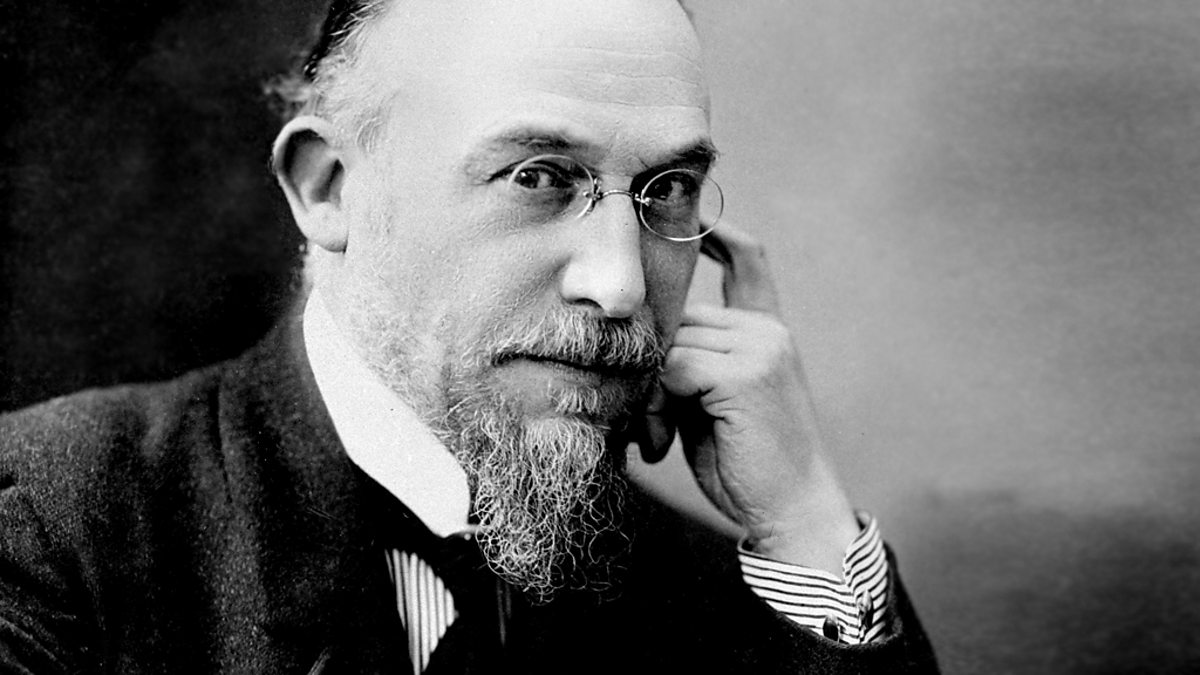

The majority of what's in the play is true, although certain elements are based on myths about Satie - some of those myths being of Satie's own creation. I first thought about writing a drama based on Satie's life years ago, so I'm delighted that it's finally come to pass on Radio 4 and that it's been brought to life by such a wonderful cast including Imogen Stubbs, Nathaniel Parker, Charlotte Page, Kevin Eldon and errm, some bloke called Alistair McGowan. And he was known for re-using old jokes a little too often. He would sometimes talk with his hand over his mouth, which is also something I do. He apparently talked very quickly, out of the corner of his mouth, which is something I do. The more I read about Satie, the more I identified with some of his idiosyncrancies. It's this obsession with letter-writing that I explore in 13 July's Radio 4 documentary, The Unsent Letters of Erik Satie.

And a bundle of letters that were never sent, discovered in his apartment after his death, reveal his passion and despair over his only love affair, with the artist Suzanne Valadon. Satie was a great letter writer - he presented himself to Parisian society by means of open letters in the press he would post letters to himself to remind him of important appointments he even find himself in court - and sentenced to prison - because of slanderous insults posted to a critic. As did Satie's whimsical, expressive, beautifully calligraphic letters. This piqued my interest, and I started to read biographies of him, which fuelled my curiosity and admiration. I also noticed, looking at Satie's picture on the front cover of my sheet music, that he looked a little bit like me. And I have to say that they do make this Grade 2 (Merit) pianist sound rather good.

The Gymnopédies remain Satie's most famous pieces, having filtered into the public consciousness through their use in any number of adverts, films and emotive television documentaries.Īnd then, when I was in my early 30s and decided to make a concerted effort to learn the piano again, a friend told me that if I wanted to learn something that would sound impressive, but that would be easy to master quickly, Satie's Gymnopédies were a good place to start. I first heard Satie's music when I was nine years old – it was the Gymnopédie No 1 - and I was struck by its beauty and spareness. Once I started to research Satie's life in detail, I was captivated by the strangeness and complexity of the man, but also by his fierce resolve to change music forever. Here was a man who for a time only consumed white foods, in the hope that their simplicity and purity would inform his music. Here was a man who bought seven identical yellow corduroy suits, one for each day of the week, so he never had to waste time deciding what he was going to wear.


 0 kommentar(er)
0 kommentar(er)
